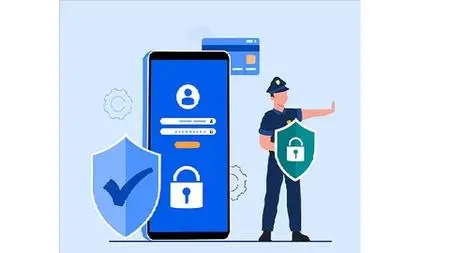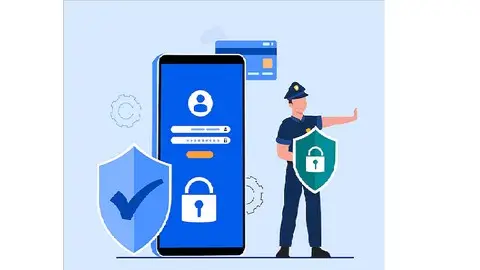Network Security,Hardening & Importance Of Physical Security
Published 4/2024
MP4 | Video: h264, 1920x1080 | Audio: AAC, 44.1 KHz
Language: English | Size: 3.12 GB | Duration: 6h 33m
Published 4/2024
MP4 | Video: h264, 1920x1080 | Audio: AAC, 44.1 KHz
Language: English | Size: 3.12 GB | Duration: 6h 33m
CompTIA Network+ N10-008 - Domain 4 -Network Security, Network Hardening, Importance of physical security and Flashcards
What you'll learn
Learn about common network security threats and attack vectors, including malware, phishing, and denial-of-service (DoS) attacks.
Learn about the importance of physical security controls, such as access control systems, surveillance cameras, and environmental controls.
Explore best practices for securing physical access points, data centers, and network facilities to prevent unauthorized entry and tampering.
Develop practical skills in implementing network security measures, hardening network devices, and evaluating physical security vulnerabilities.
Requirements
Participants should have a basic understanding of networking concepts and cybersecurity principles. Familiarity with network security technologies and protocols is recommended but not required.
Description
This course offers a comprehensive examination of network security principles, techniques for hardening network infrastructure, and the significance of physical security measures in safeguarding information assets. Participants will explore the various threats to network security, mitigation strategies, and best practices for securing network devices and communications. Additionally, the course will cover the importance of physical security controls in preventing unauthorized access to network resources and protecting against physical threats. Through a combination of theoretical lectures, practical demonstrations, and hands-on exercises, learners will develop the knowledge and skills necessary to design, implement, and maintain robust network security architectures.Course Objectives:Understand the fundamentals of network security and the importance of protecting information assets from cyber threats.Learn about common network security threats and attack vectors, including malware, phishing, and denial-of-service (DoS) attacks.Explore network security technologies and tools, such as firewalls, intrusion detection/prevention systems (IDS/IPS), and VPNs.Gain insights into network hardening techniques for securing network devices, including routers, switches, and servers.Understand the principles of secure network design, including segmentation, defense-in-depth, and least privilege.Learn about the importance of physical security controls, such as access control systems, surveillance cameras, and environmental controls.Explore best practices for securing physical access points, data centers, and network facilities to prevent unauthorized entry and tampering.Develop practical skills in implementing network security measures, hardening network devices, and evaluating physical security vulnerabilities.Upon completion of this course, participants will be equipped with the knowledge and skills to effectively design, implement, and maintain secure network infrastructures, as well as recognize the importance of physical security measures in comprehensive network protection.
Overview
Section 1: Introduction
Lecture 1 Course Introduction
Section 2: Network Security
Lecture 2 Explain common security concepts.
Lecture 3 Compare and contrast common types of attacks.
Lecture 4 Given a scenario, apply network hardening techniques.
Lecture 5 Compare and contrast remote access methods and security implications.
Lecture 6 Explain the importance of physical security.
Section 3: CompTIA Network+ N10-008 - Flashcards
Lecture 7 CompTIA Network+ N10-008 - Flashcards
IT professionals involved in network security operations, administration, and management roles.,Network administrators, engineers, and security analysts responsible for designing and maintaining secure network infrastructures.,Physical security professionals, facility managers, and building administrators interested in understanding the importance of physical security in network protection.



